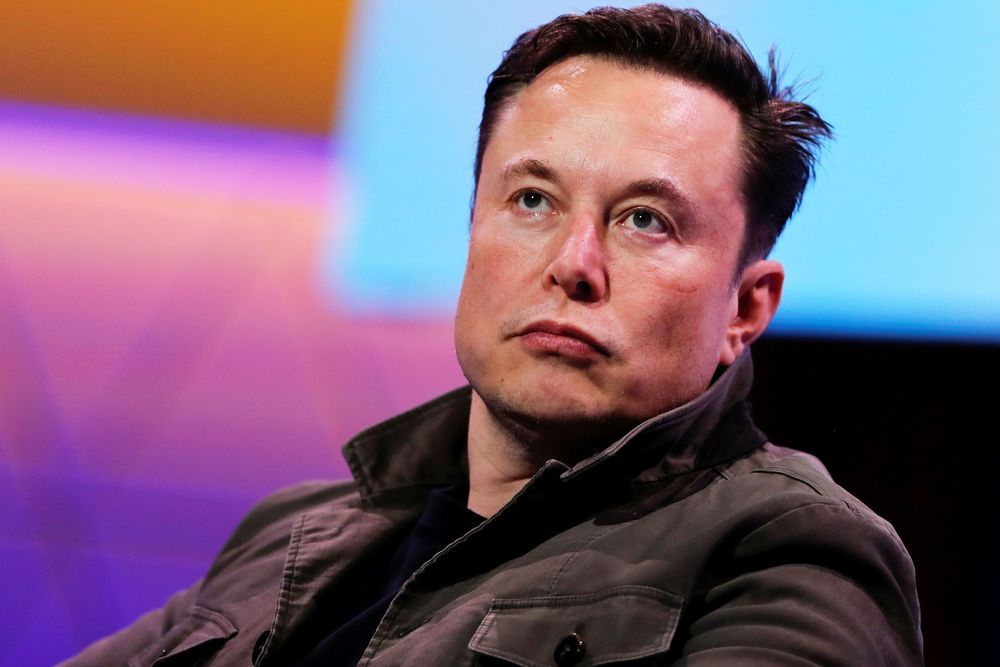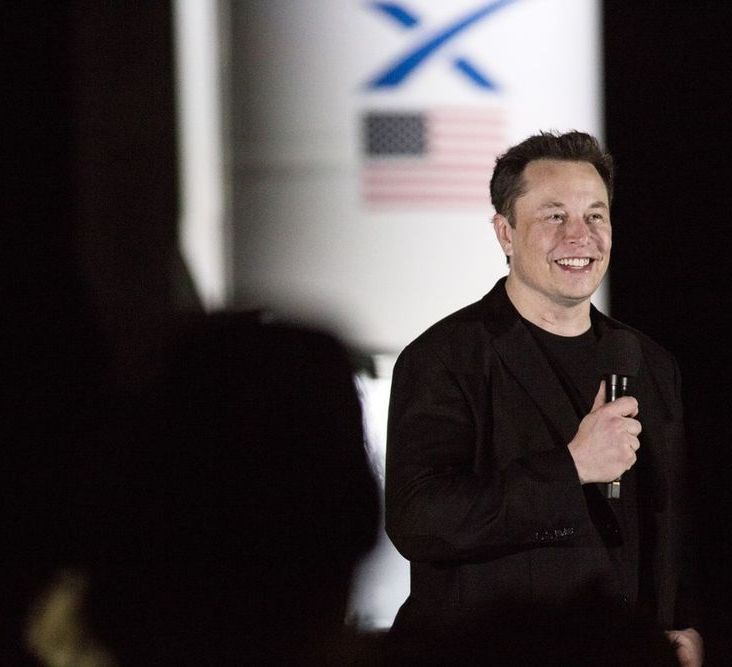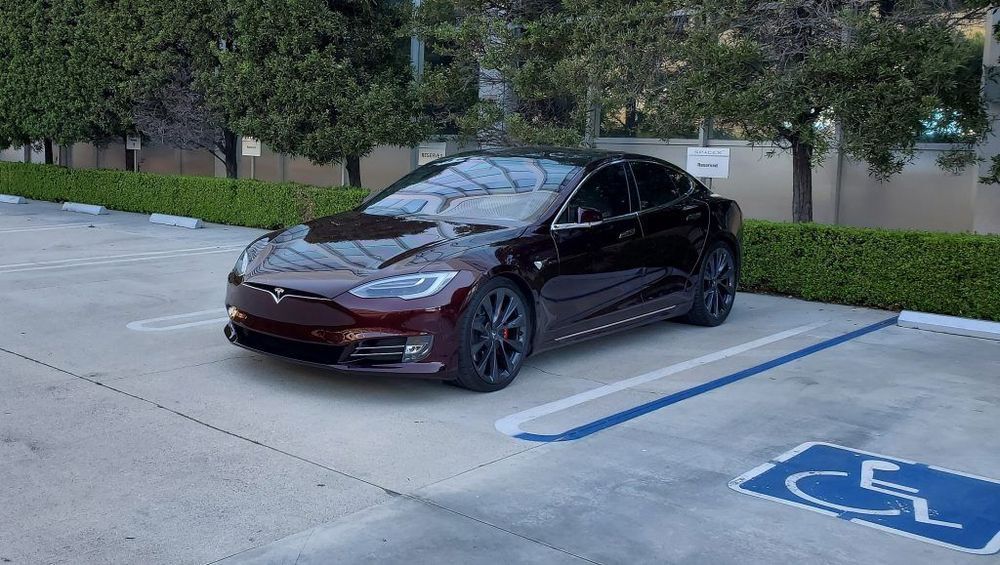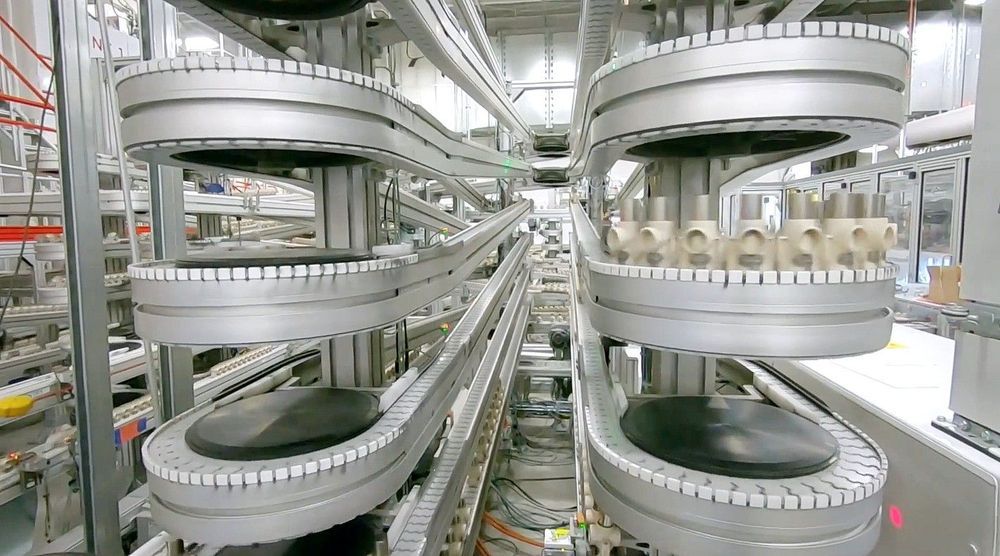A new map shows what the red planet would look like if 71 percent of its surface area was covered with water — around the same proportion as Earth.




Victims included Democratic presidential candidate Joe Biden, former President Barack Obama and Tesla CEO Elon Musk. Accounts for those people, and others, posted tweets asking followers to send bitcoin to a specific anonymous address.
For their efforts, the scammers received over 400 payments in bitcoin, with a total value of $121,000 at Thursday’s exchange rate, according to an analysis of the Bitcoin blockchain performed by Elliptic, a cryptocurrency compliance firm.
Elliptic co-founder Tom Robinson said it’s a low sum for what appears to be a historic hack that Twitter said involved an insider.
NASA astronauts Bob Behnken and Doug Hurley now face the phase of the flight that Elon Musk said is his “biggest concern.”

“Just the nature of the AI that they’re building is one that crushes all humans at all games,” Musk told The New York Times in an interview published on Saturday. “I mean, it’s basically the plotline in ‘War Games.’”
DeepMind declined to comment when contacted by CNBC.
Musk has repeatedly warned that AI will soon become just as smart as humans and said that when it does we should all be scared because humanity’s very existence is at stake.

Do you agree Eric Klein?
The billionaire engineer, who also helped found the artificial intelligence research lab OpenAI in 2015, has consistently warned of the existential threat posed by advanced artificial intelligence in recent years. Despite this, he said he still feels that the issue is not properly understood.

In recent interactions on Twitter, Tesla CEO Elon Musk mentioned that he is particularly excited about a new paint option called “deep crimson,” which would be offered on vehicles that are produced in Gigafactory Berlin. A recent photo taken of a Model S at the SpaceX headquarters in Hawthorne, California, may have just revealed what the mysterious shade could look like.
Tesla owner Ryan McCaffrey, who also hosts the Ride the Lightning Podcast, was recently given a rather interesting set of photos by one of his listeners. The images were quite unique since they feature a Model S painted in a shade that’s currently unavailable in Tesla’s current configurator. The paint itself is close to red, and it’s very reminiscent of the “crimson” shade used by other automakers.
@elonmusk Is this the “deep crimson” Tesla paint color you were talking about loving recently that’s planned for Giga Berlin? (I think this is your personal car given who sent me this photo).

During the second quarter earnings call, Elon Musk called on miners to efficiently mine more nickel. According to Musk, nickel miners could be assured of massive contracts with Tesla, provided that their mining practices are efficient and environmentally conscious. If recent reports are any indication, it appears that a Canadian mining company has recently answered the CEO’s call.
In a statement to Bloomberg, Toronto-based Canada Nickel Co. stated that it is poised to build a facility that has the capability to process zero carbon nickel. The need for such a product was highlighted by Canada Nickel Chief Executive Officer Mark Selby to the publication. “The electric vehicle chain and broader market in general is crying out for zero-carbon product,” he said.

Goodbye gas stations.
During the second quarter earnings call, Elon Musk tentatively confirmed that Tesla would be making a compact car and a vehicle with high capacity. Granted, it would probably take a few more years before such vehicles are produced, but one thing seems certain. Considering Tesla’s speed and pace, it would not be surprising if Tesla’s compact car and high capacity EV causes the extinction of the internal combustion engine.
Tesla’s current lineup of vehicles, which comprise the Model S, Model 3, Model X, and Model Y, are great EVs, but they are still fairly large for their class. This includes the Model 3 and the Model Y, Tesla’s “smaller” vehicles in its lineup. This, together with the vehicles’ premium price, end up blocking the company from reaching its full potential in the auto market. With a compact car and a high capacity vehicle, however, things could drastically change for Tesla.
Compact and High Capacity EVs
Tesla has mentioned the creation of a smaller car in the past, and more recently, the company has tapped into China’s creative minds for help in designing its compact car. This vehicle is expected to be designed and manufactured in China, but the opportunities for such a car go far beyond the country. Compact cars have a dedicated following, after all, and for good reason.